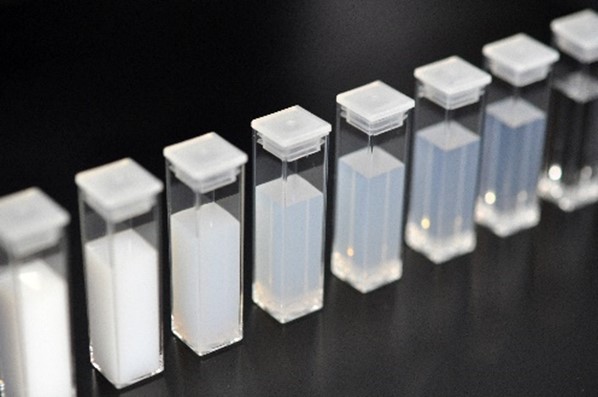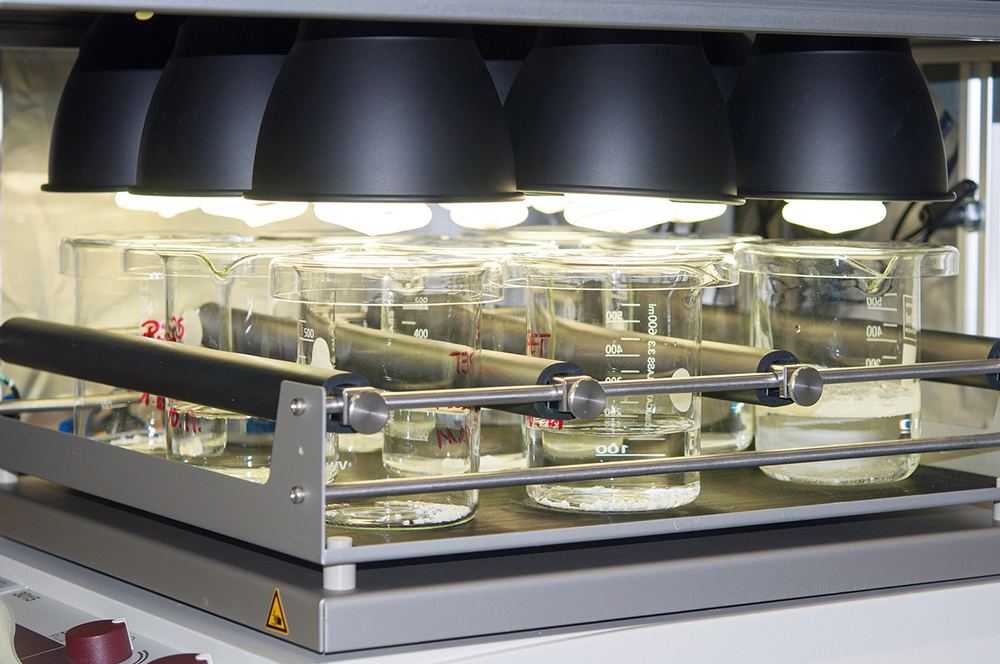What are the effects of micro- and nanoplastics on human health?
Highly persistent plastic waste enters our environment via multiple ways, where it slowly weathers and decomposes into micro- and nanoparticles. Due to their hydrophobicity and small size, these particles can bind and transport pollutants. What toxicity they possess, where they remain and what damage they cause in the human body is being researched by Fraunhofer IKTS together with its partners in the EU project "PlasticsFatE".



One reason for the insufficient knowledge so far is the limited availability of relevant analytical and test methods. Therefore, the project aims to expand our understanding of the health effects of micro- and nanoplastics, associated additives and adsorbed pollutants. To this end, 28 international partners will develop validated and robust methods over the next four years, which are necessary for a tailored risk assessment strategy. They can be used to determine how many plastic particles remain in the body and what effects they have. This will lay the foundation for internationally accepted guidelines and establish sustainable management of plastic particles.
Fraunhofer IKTS is contributing its many years of expertise in the field of powder and suspension characterization, especially for the evaluation of nanomaterials and microplastics. Within the project, the researchers investigate how well selected methods - for example Brunauer-Emmett-Teller method (BET), Dynamic Light Scattering (DLS) or Nanoparticle Tracking Analysis (NTA) - are suited for the identification, characterization and quantification of micro- and nanoparticles and adapt them. Integrated techniques are also being developed to track the kinetics of surface property changes in media.
As a basis for this, uniform dispersion of the micro- and nanoparticles in aqueous media must be ensured, which is a major challenge due to the very different size, shape and surface properties (charge, hydrophobicity/hydrophilicity) as well as concentration and type of additives. Standardized dispersion protocols from Fraunhofer IKTS will help in this regard, taking into account ex vivo fluids and fluids simulating the real environment. Biologically relevant fluids used include artificial lung lining fluid, gastrointestinal fluid, and serum.
In addition, Fraunhofer IKTS focuses its analyses on the leaching and readsorption of additives from microplastics. These processes are directly influenced by natural organic substances, proteins, metabolites and other colloids in the media. After establishing an analytical method for basic plastic particles with a small amount of additives, IKTS will develop a more advanced method that incorporates the effect of additives and their leachates from consumer products.
More information
- Paper: Quality of nanoplastics and microplastics ecotoxicity studies: Refining quality criteria for nanomaterial studies, Journal of Hazardous Materials, 2021
- Characterization of nanoparticles for human toxicological investigations (ikts.fraunhofer.de)
- Powder and Suspension Characterization (ikts.fraunhofer.de)
- EU-Project »PlasticsFatE«